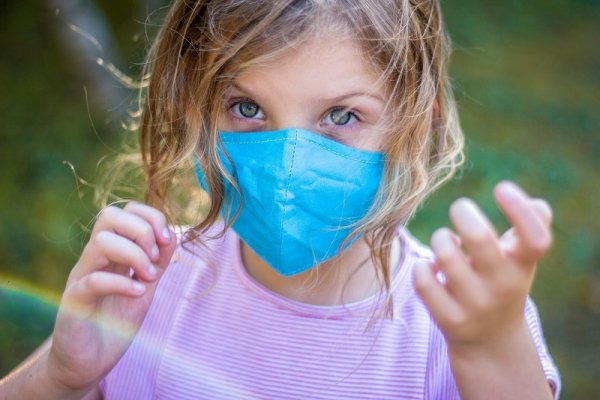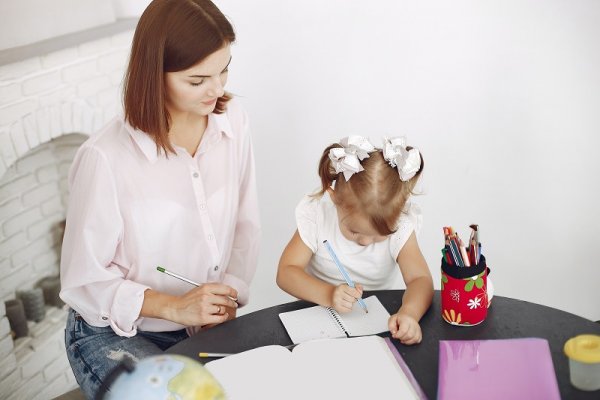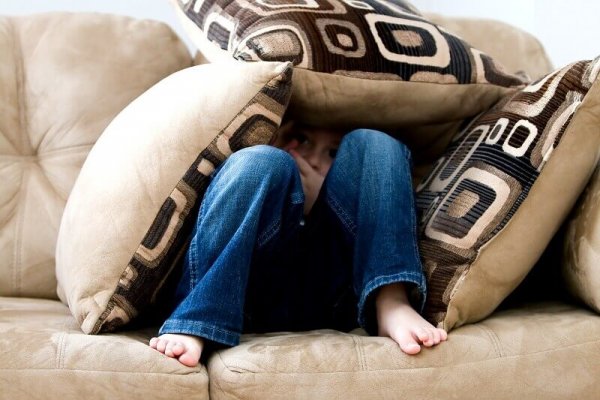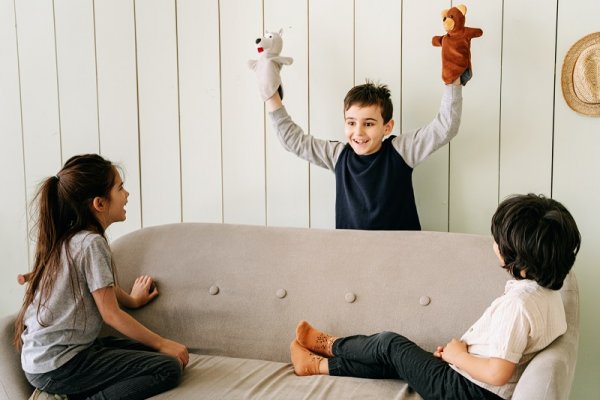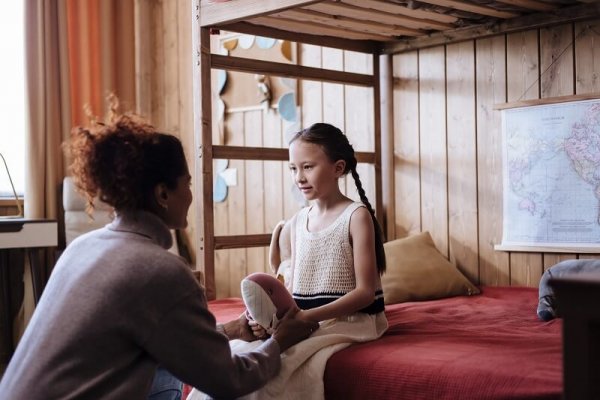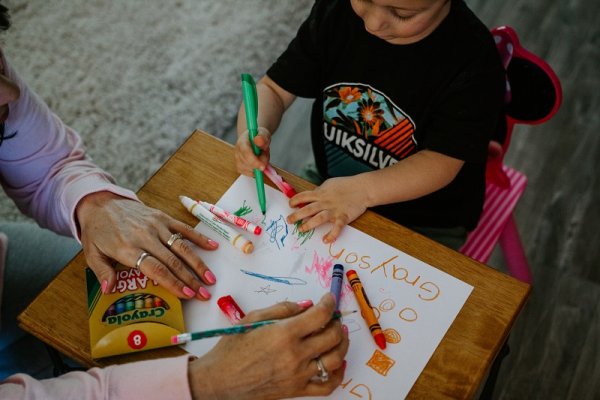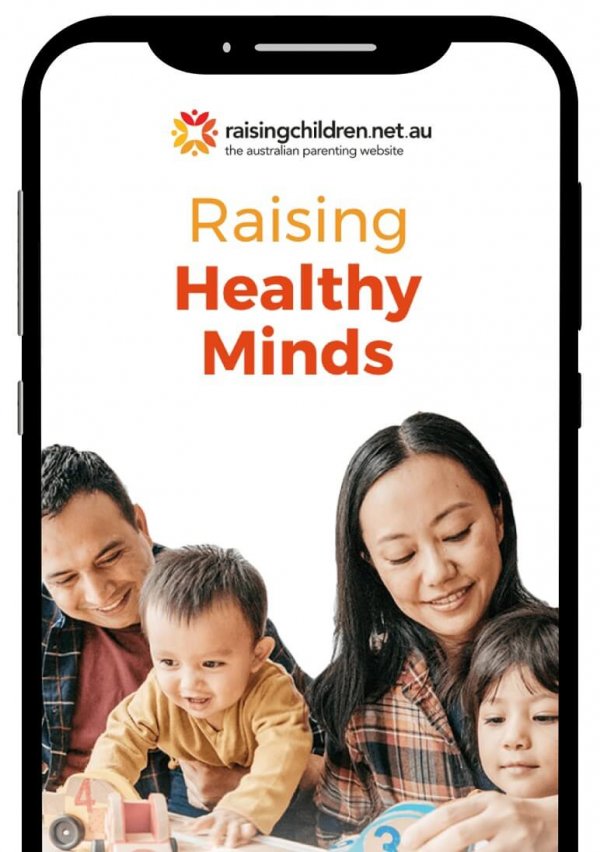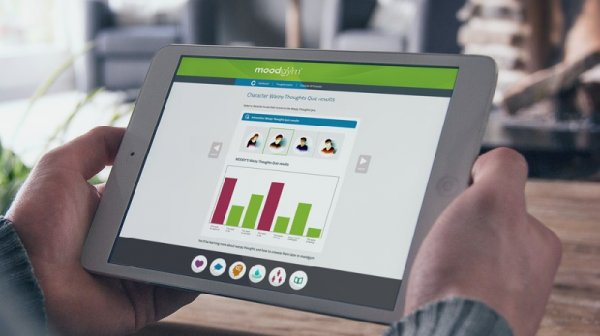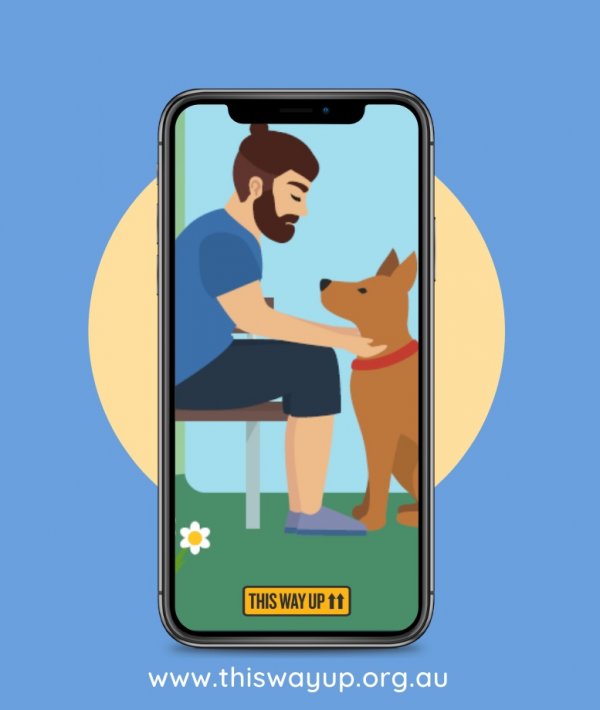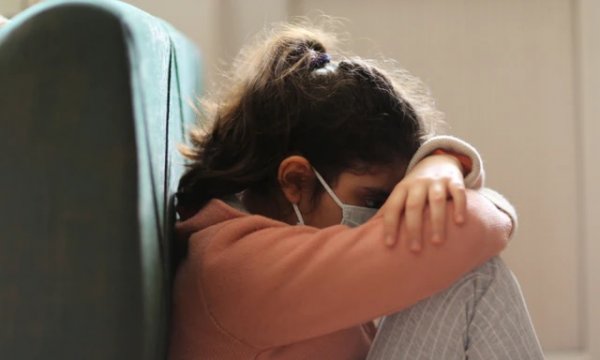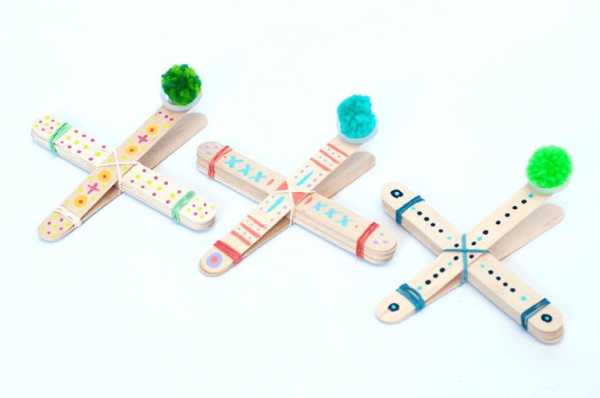|
Children suffering from long lockdowns due to COVID-19 may develop the following symptoms over time. Using CBT techniques can help parents guide their children to cope with these negative feelings and disruptive behavior:
CBT can help children identify the thoughts and feelings that trigger their anxiety and change the patterns of how they think.
A child who was once boisterous now becoming quiet and withdrawn. A depressed child feeling upset will need thorough guidance and help expressing their negative feelings while reframing it in a positive way. Through CBT, a child will be given the ability to replace negative thoughts with positive ones.
Recognising what hostile or aggressive behavior they are performing is the first step to changing the said behaviour. When children understand their behaviour is particularly unpleasant or causes harm to themselves and/or others, only then will they be able to stop the behaviour.
Bedwetting, when not treated early on, can affect a child’s self-esteem. Studies have shown that cognitive behavioural therapy along with other psychotherapies is effective in resolving the matter and resulting in more consecutive dry nights as opposed to children who did not undergo any treatment or therapy.
As children deal with being with family members longer due to the lockdowns rather than interacting with people outside of the family unit, it can result in extreme shyness when they finally get to see the outside world and are given the chance to interact with strangers. CBT can help them overcome this shyness by providing them with a more positive thought pattern.
Cognitive behavioral therapy through play
Getting to know a child’s thought patterns is much harder than observing their behaviours. As they are still developing their vocabulary, CBT uses these creative activities to find out what a child is thinking while masking the activity’s true intention. In this way, the child never associates therapy with something boring or prescriptive. Through these activities, the child is able to express thoughts and feelings in a creative and positive manner.
Puppets
|

